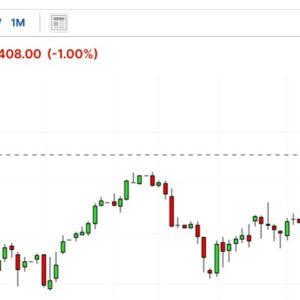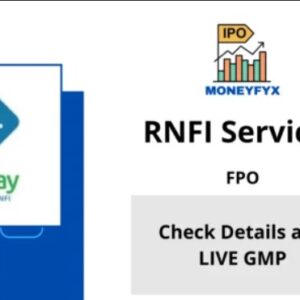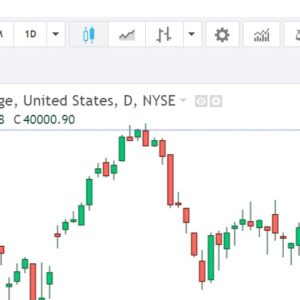Navigating the Impact of High Interest Rates on Banking Giants

In the ever-evolving landscape of global finance, the resurgence of high interest rates has cast a shadow of uncertainty, posing significant challenges for even the largest banking institutions. As interest rates climb to levels not seen in years, banks are grappling with a myriad of complexities, ranging from margin compression to shifts in consumer behavior. In this comprehensive analysis, we delve into the implications of elevated interest rates on banking giants and explore strategies to navigate these turbulent waters.
The Rising Tide of Interest Rates
In recent months, the financial markets have witnessed a notable uptick in interest rates, driven by a combination of factors including inflationary pressures, central bank policy tightening, and global economic recovery. The Federal Reserve, in its efforts to curb inflationary risks, has embarked on a path of interest rate hikes, signaling a departure from the ultra-accommodative monetary policies implemented in response to the COVID-19 pandemic.
Impact on Banking Profitability
For banking behemoths, higher interest rates present a double-edged sword, exerting pressure on both sides of the balance sheet. On one hand, rising rates translate into increased borrowing costs for consumers and businesses, potentially dampening loan demand and compressing net interest margins. Conversely, banks may benefit from higher yields on interest-bearing assets, such as loans and securities. However, the magnitude of these benefits may be offset by tepid loan growth and heightened competition for deposits.
Margin Compression and Profitability Challenges
Margin compression emerges as a primary concern for banking giants in a rising rate environment. As borrowing costs escalate, banks face the dilemma of maintaining competitive loan pricing while preserving profitability. Margin pressures are further exacerbated by the flattening yield curve, where short-term interest rates rise faster than long-term rates, squeezing the spread between lending and funding costs. Consequently, banks must adopt prudent risk management strategies and explore alternative revenue streams to mitigate the impact of margin compression on their bottom line.
Adaptation and Innovation in Consumer Banking
In response to shifting market dynamics, banking giants are reimagining their approach to consumer banking, focusing on innovation, digitization, and personalized customer experiences. With higher interest rates potentially dampening loan demand, banks are diversifying their revenue streams through fee-based services, wealth management offerings, and digital banking solutions. Moreover, strategic investments in fintech partnerships and technological infrastructure enable banks to enhance operational efficiency and capture emerging market opportunities.
Regulatory and Compliance Considerations
Amidst the challenges posed by high interest rates, banking giants must navigate a complex regulatory landscape characterized by stringent capital requirements, liquidity regulations, and stress testing mandates. Regulatory compliance remains paramount, as banks are subject to scrutiny from regulatory authorities and must demonstrate resilience in the face of economic volatility. Moreover, compliance costs may escalate in response to regulatory changes, adding to the operational burden for banking institutions.
Strategic Imperatives for Banking Giants
In light of the prevailing market conditions, banking giants must adopt a proactive approach to navigate the challenges posed by high interest rates. Key strategic imperatives include:
- Diversification of Revenue Streams: Banking institutions should diversify their revenue sources beyond traditional lending activities, leveraging fee-based services, wealth management, and fintech partnerships to bolster profitability.
- Optimization of Balance Sheet: Banks must optimize their balance sheets to manage interest rate risk effectively, striking a balance between asset and liability composition to mitigate the impact of margin compression.
- Investment in Innovation: Embracing technological innovation and digital transformation is critical for enhancing operational efficiency, streamlining processes, and delivering superior customer experiences in the digital age.
- Strengthening Risk Management: Robust risk management frameworks are essential for identifying, assessing, and mitigating risk in a dynamic operating environment. Banks should prioritize capital adequacy, liquidity management, and stress testing to safeguard against financial shocks.
Conclusion: Navigating the High Interest Rate Environment
In conclusion, the resurgence of high interest rates presents formidable challenges for banking giants, requiring proactive measures and strategic foresight to navigate effectively. By embracing innovation, diversifying revenue streams, and strengthening risk management practices, banks can position themselves to weather the storm and emerge resilient in the face of market volatility. While the road ahead may be fraught with uncertainties, banking institutions that adapt and innovate will seize opportunities for sustainable growth and long-term success in a dynamic financial landscape.









